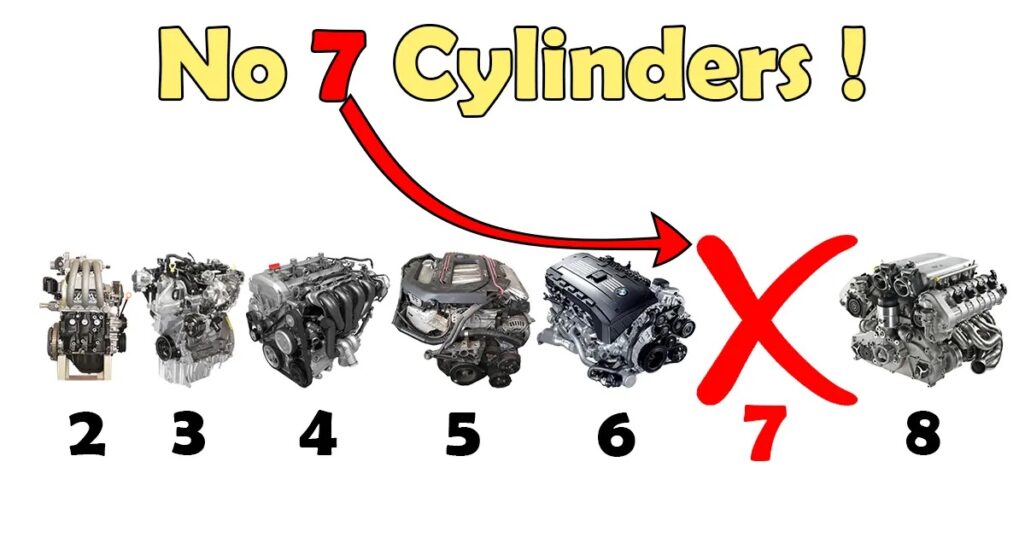 Several successful and unsuccessful attempts have been made to create and develop various engine types ever since the birth of the automobile.
Several successful and unsuccessful attempts have been made to create and develop various engine types ever since the birth of the automobile.
Engines have been built with 2, 3, 4, 5, 6, 8, 16, and even 32 cylinders; moreover, rotary engines don’t have any cylinders!
For performance, economy, or dependability, the automotive industry has examined every option, designing engines in various ways, including “straight/inline,” “V,” “W,” and even “flat.”
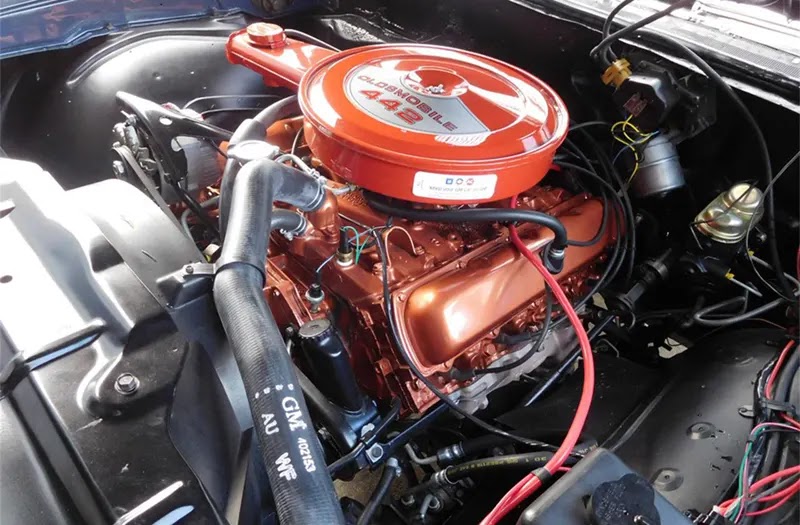
1969 Oldsmobile 442 W32 engine
In 2018, electricity was pioneered as the ideal fuel for vehicles. All combustion engine options have been studied. But what about seven-cylinder engines?
Since aircraft, boats, submarines, and even some big trucks all have utilized radial and straight seven-cylinder engines, but why cars didn’t?
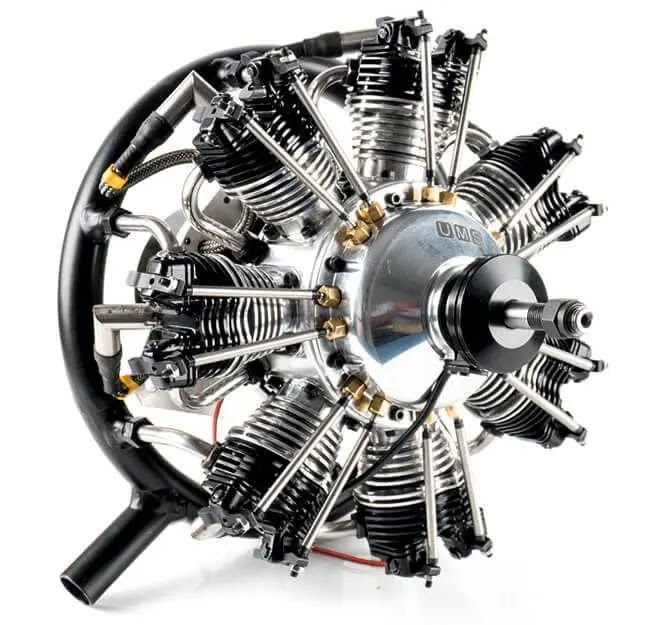
Well, noise, vibration, and harshness are a few of the reasons.
Seven-cylinder engines are more prone to vibration than even-numbered V8 engines of the same displacement because of the odd number of cylinders.
It is even more difficult mathematically compared to other choices. The number 7 is mathematically more complex to work with than even numbers (2,4,6,8).
Considering that most engine designs can be linked back to technologies initially established 50 years ago, during that time, it was tough to make mathematical calculations for a 7 cylinder engine.
So when big engine design was in its prime (1920-1940), they were focused on straight-6 and straight-8 engines. Why bother with a straight-7? Bear in mind they stopped producing straight-8s in the 1950s. They just weren’t worth this size once V-engines was in action.
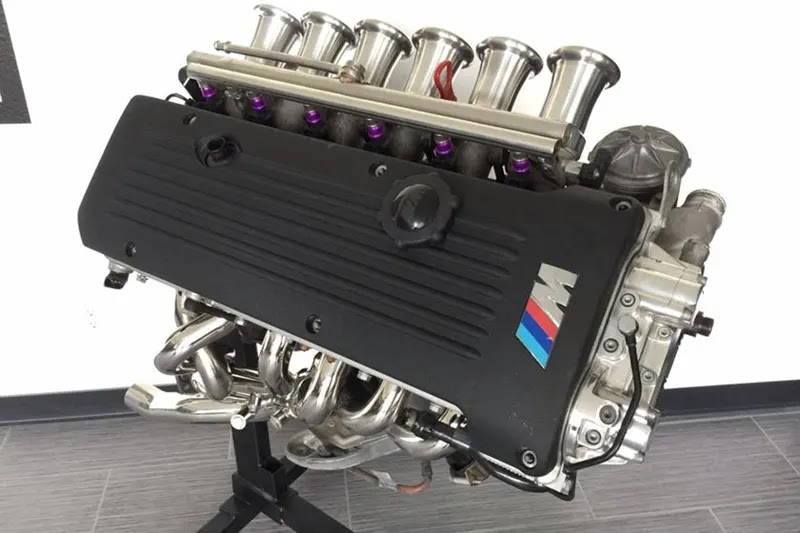
No, a seven-cylinder engine isn’t going to save the combustion engines industry. Still, it’s interesting why we haven’t created seven-cylinder or even nine-cylinder cars.
Another factor to consider is the overall size of the engine. Ship engines like the straight-seven are enormous and would never fit in a road vehicle. A straight-seven engine would need a very large engine compartment. It will even occupy more space than the V12 engine.
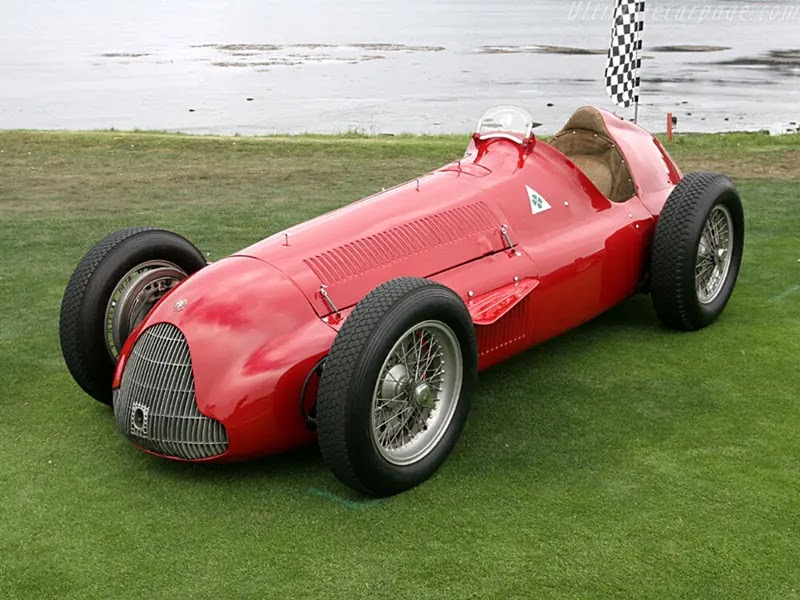
Straight-eight engines have been used in race cars like the Bugatti Type 35 and the Alfa Romeo 158/159, which won the first two World Championship of Drivers, now known as Formula One. But these engines are not common.
Volkswagen’s VR5 engine may come to mind at this moment. Because it would be more compact, why not build a V7 with the cylinders positioned side-by-side?
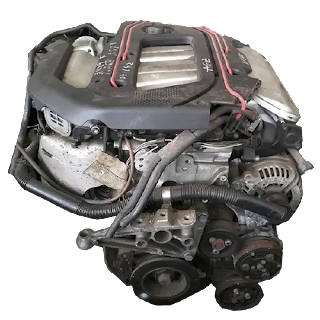
For the most part, it has to do with achieving a proper sense of balance. The dynamic imbalance may be addressed by opposing pistons (when a piston pushes down on the crank, another piston is there helping balance the force out). For odd-numbered engines, either a heavy counterweight or a dynamic balancer will be required, both of which are costly.
Because of its weight, size, and expense, the seven-cylinder engine was never used in a mass-produced car. But who knows, maybe one day, with some new concept or technology, the seven-cylinder engine might be the most produced engine configuration.
No comments:
Post a Comment